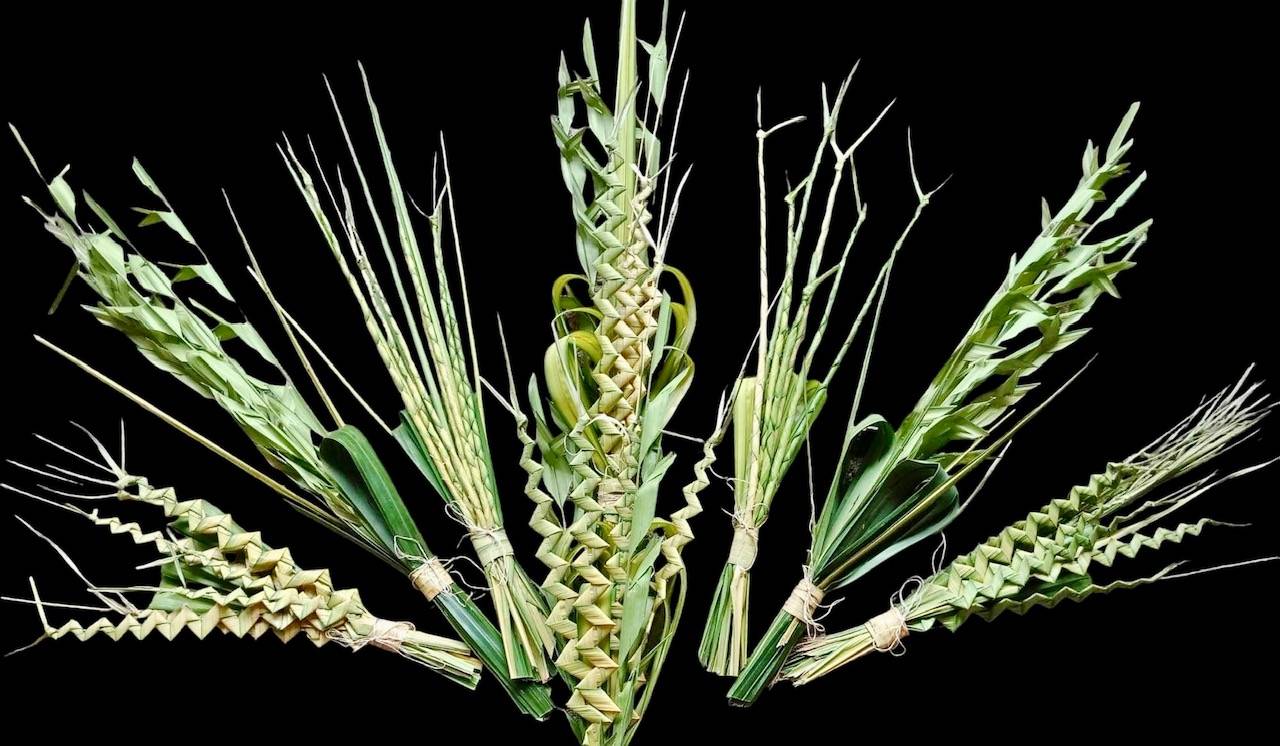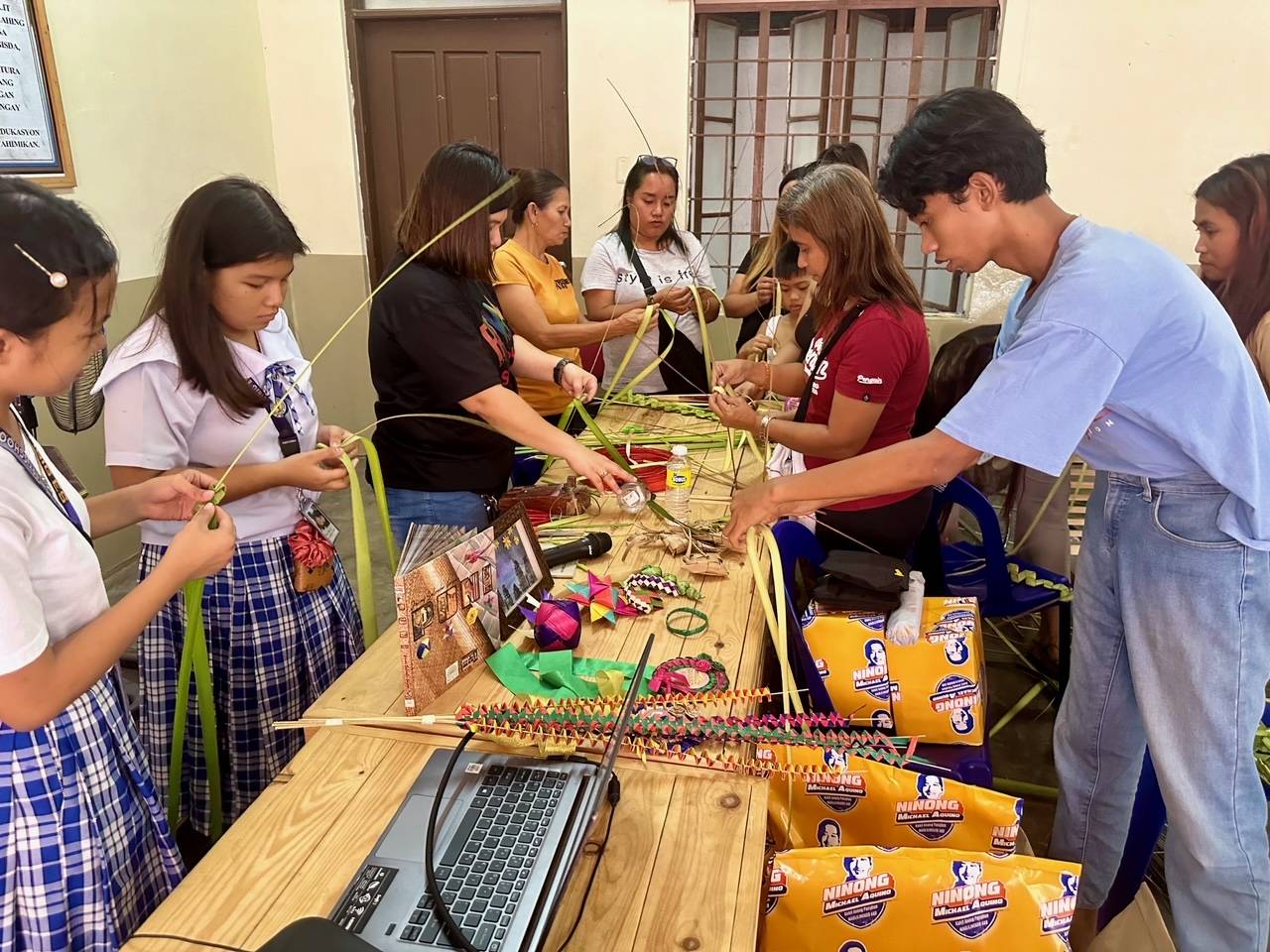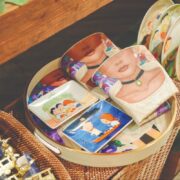The art of ‘puni,’ Bulacan’s Palm Sunday tradition, lives on

BULAKAN, BULACAN—“Puni,” the art of making decorations out of leaves, straw and colored and glossy pages of magazines is turning palm fronds, which will be blessed in Catholic churches on Palm Sunday, a feast to the eyes. As the faithfuls raise their “palaspas” (palm fronds) to be blessed with Holy Water by priests, onlookers will see beautifully crafted puni, which has always been equated to the observance of Palm Sunday in Bulacan. Marichelle Santos, tourism head of City of Malolos and a puni maker who hails from Bulakan town, on Tuesday taught students, young mothers and residents of Barangay Tubig of the town on how to make their palaspas more beautiful in time for Palm Sunday. For homemaker Rose Ann Liwanag, 36, learning how to make a puni out of coconut leaves would not only mean she would no longer have to buy her palapas but would have a chance to make the same for relatives and friends.Catholics believe that a palaspas blessed with Holy Water on Palm Sunday and placed outside windows and doors brings protection to the home and the people living there.
Cultural heritage
“Puni” comes from the word “gayak” (decoration, preparation, art and design). But for Bulakenyos, puni is more than a form of art and leisure; it is part of their religious rituals, said Jaime Salvador Corpuz, a known Bulacan culture and heritage book writer.Corpus runs the “Bahay Makabayan” museum in Marilao town and launched on Feb. 22 his book “Puni, Sining ng Malolos, Pamanang Bulakenyo,” which tells about leaf weaving as a collective cultural heritage of Bulacan.
Corpuz noted that even before the Spaniards came, puni art has been part of the culture and tradition of the Filipinos. Bulakenyos, in particular, used the leaves of a coconut tree to create food containers, glass or bowl for rice and other food, and food wrappers by weaving or braiding the strips of leaves together.
“Our ancestors would make puni to decorate the house or a place when there is a special occasion and when the Spaniards came, the tradition continued during feasts and other important family and community gatherings,” said Corpuz in his book.In Cebu, an example of puni being used in food preparations is called “puso,” which is made of boiled rice placed inside an intricately woven coconut leaves.In some northern Luzon areas, the puni art “patupat” uses young coconut or palm leaves where the rice with an extract of sugar cane is placed before it is cooked. In other parts of the country, “suman sa ibos” uses the young leaves of coconut and or palm or buri, according to Corpuz.

Official garland
Bulacan officials like Malolos Mayor Christian Natividad have been active in ensuring that puni making will continue to remain a part of the province’s Holy Week traditions.
Learning puni art in Bulacan is given priority by local officials through partnerships of local government units with the Department of Education, where elementary and high school students would be taught the art of leaf design, noted Corpuz.
Natividad, for one, incorporated puni creations in the official garland, award decorations and designs of the city; and that children and families in the city were taught the puni art as part of a psychosocial healing project for victims of the 2009 Typhoon “Ondoy,” said Santos. INQ















